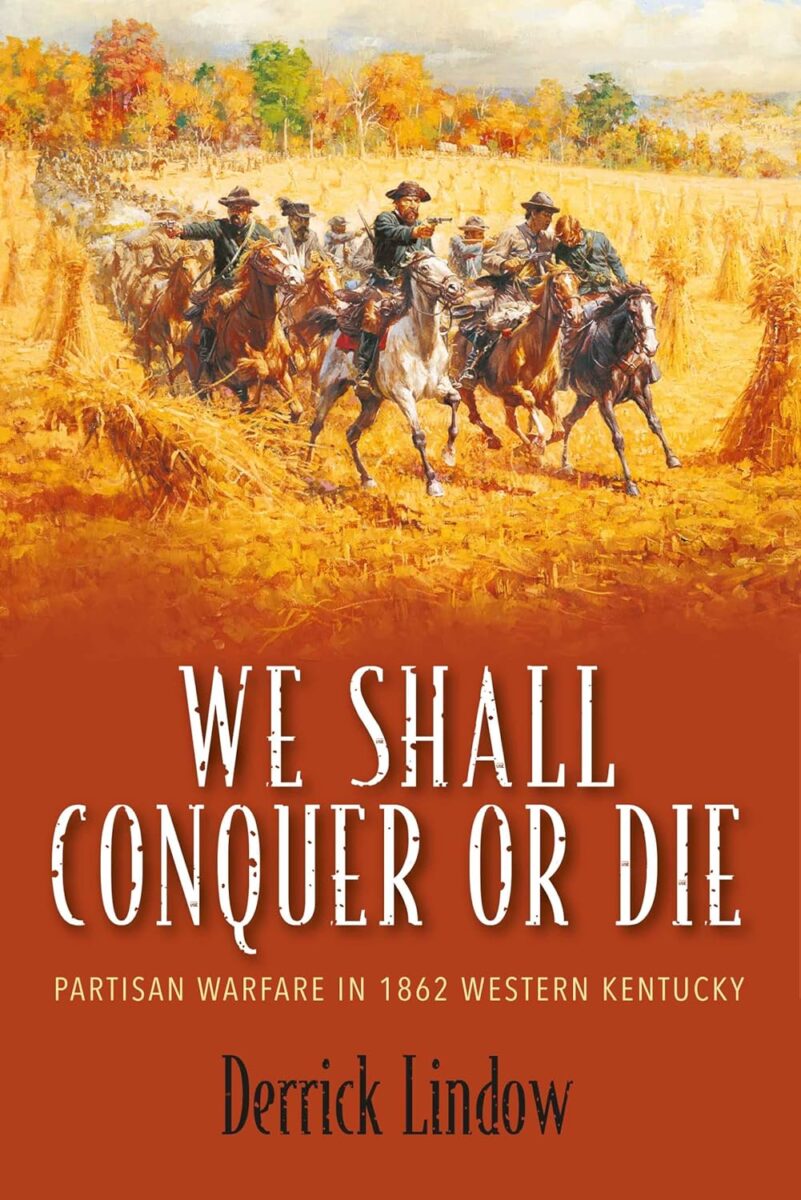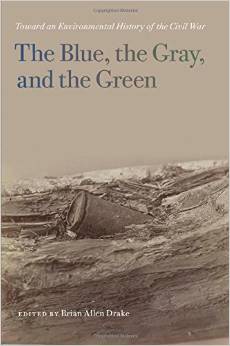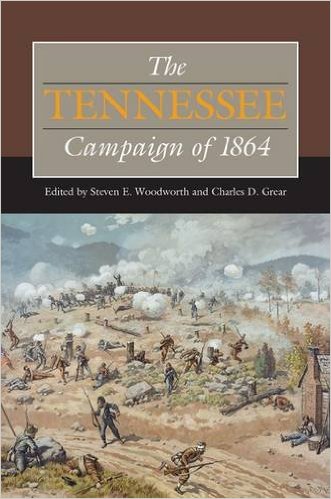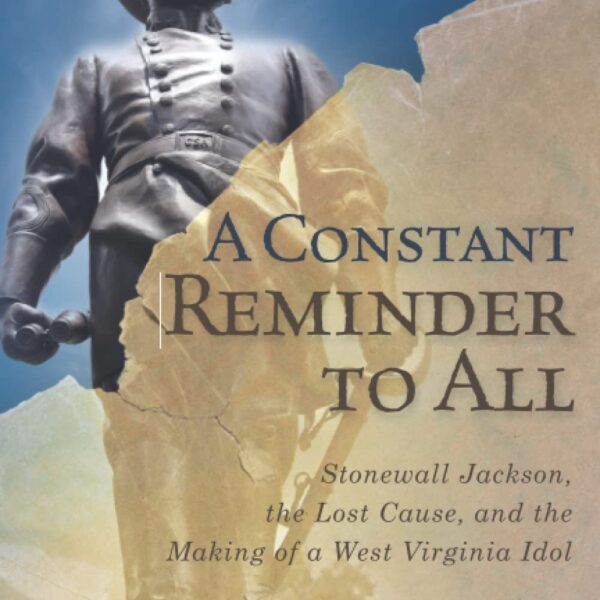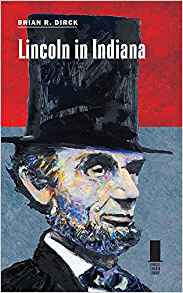We Shall Conquer or Die is a traditional military history of western Kentucky during the U.S. Civil War in summer 1862. The book mainly focuses on General Adam Johnson of the 10th Kentucky (CSA) Partisan Rangers and the evolving counter-guerrilla tactics he faced. In doing so, western Kentucky supplies another case study concerning irregular war during the conflict. On display here are important themes: guerrilla activity as a communal response to occupation; the effects of the Confederacy’s Partisan Ranger Act; and the sheer volume of guerrilla violence away from the conventional battlefield. Lindow even hints that irregular violence turned on emancipation and USCT recruitment, although his evidential focus on Johnson does not enable him to follow through on this matter. As a native of Owensboro, Kentucky, Lindow’s work successfully preserves the rangers’ local “legend” of the summer of 1862, before the U.S. forces wiped them out a year later (200).
Johnson’s exploits as recounted here do indeed sound like the stuff of southern legend (the author relies on Johnson’s own memoir, which he admits contains “habitual exaggeration” and was published forty years after the war, at the height of Jim Crow). Johnson raised his own regiment, and his bravery and daring won the loyalty of his men. He successfully raided a northern town—Newburgh, Indiana—and captured over 100 guns. His implementation of guerrilla tactics enabled him to evade the U.S. military’s initial counterguerrilla efforts and raid multiple southern towns, peaking in lore with the capture and parole of over 100 prisoners at Uniontown, Kentucky. And he survived to tell the tale (albeit without a lot of his men, who perished or scattered in 1863, and only after being blinded by a gunshot wound to the face from one of his own men).
The author and publisher should be applauded for the book’s presentation. Photos of officers and soldiers enhance the text at precise moments (and are crystal clear). The local and regional maps, rendered by Edward Alexander, are extremely helpful. The formatting is professional, and the author’s own photographs of skirmish grounds are essential for establishing a sense of place. Footnotes—not endnotes—enable the reader to enjoy the author’s narrative writing skills. Furthermore, this former Park Ranger beamed at Lindow’s insistence on “walking the ground” to gain an experiential understanding of the skirmishes at the heart of the story (viii).
In the multiple instances when the book engages with reliable source material—whether it be up-to-date scholarship on occupation or primary source databases like the Civil War Governors of Kentucky Digital Documentary Edition—it transforms into more than a case study. Alas, the overreliance on newspapers, reconciliation-era memoirs, and county histories, coupled with the limited scope (four months in 1862) rob the book of maximizing engagement with the historiography. I was left wanting more on partisan memoirs’ contribution to twentieth-century white supremacy and Lost Cause mythology, anything on the role of race and the implications of irregular violence as driven by racial identity, how partisans utilized guerrillas’ female-operated domestic supply line, or how western Kentucky’s experience of irregular violence fared during Reconstruction
Still, the book does an expert job of illustrating what partisan warfare looked like on the ground for the white men who fought it. Lindow also shows how divided Border State civilians paid a price for the irregular war because “federal antagonism of the local population … continued to fuel support for irregulars … and spurred enlistments,” while Johnson’s “regiment’s procurement practices exacerbated and inflamed local prejudice against the Confederates” (59, 64). With his debut book, Derrick Lindow has depicted an element of the war that certainly deserves more attention.
Andrew Fialka is an assistant professor of History at Middle Tennessee State University. He has published widely on the war’s irregular theater.
